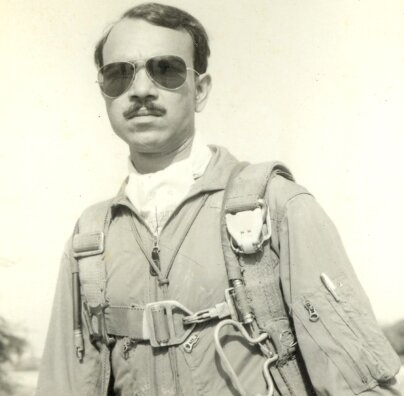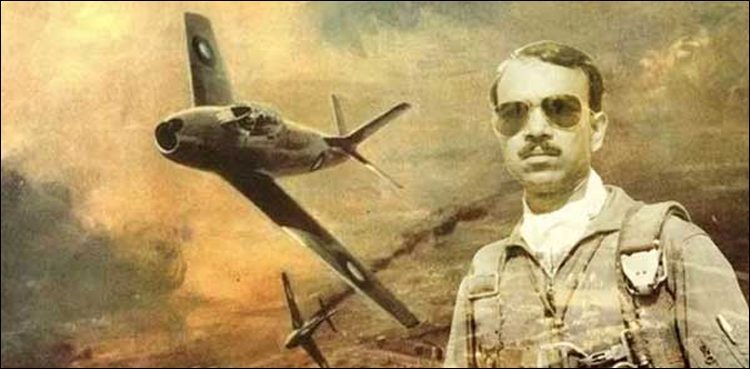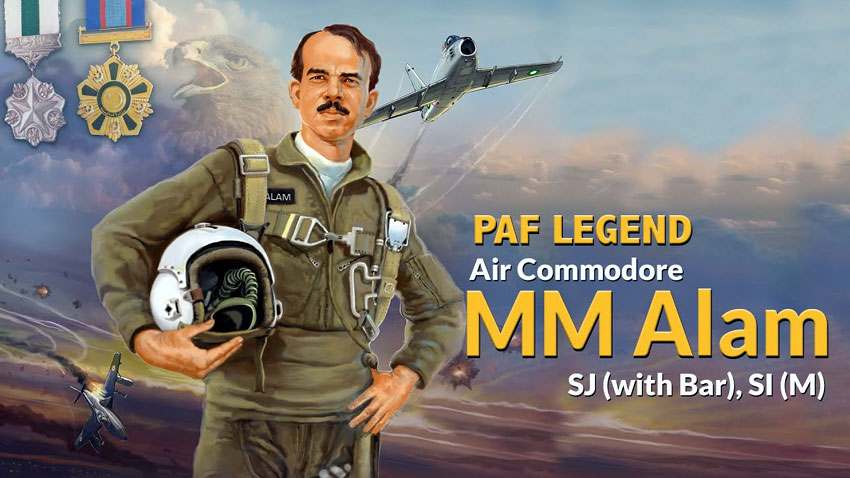Atta Shad: The Giant Literary Figure
Literature has always played a great role in preserving and sustaining the culture, tradition, civilization, and lifestyle of the people. It is about the taste of life. Literary figures are the icons of literature who produce and reproduce pieces of stuff and give it life. They are the most profound and kind figures of society. So, today we will meet with the literary giant of Balochistan, Atta Shad.
Early life
Atta Shad is considered to be the forerunner of modern Balochi poetry, Shad was also a noted researcher and a critic. Shad was born as Mohammad Ishaq, in a carpenter’s family in the Kech District of Balochistan, during the year 1939. He got his education from Balochistan.
As a Poet
The lively man started his poetic journey during the late fifties, under the pen name of Atta Shad. Shad used poetry to present the world solely through a subjective outlook. His poetry is heavily dotted with imagery and artistic expressions. Hence, his work draws upon raw emotions, evoking moods and ideas. Besides, Shad’s observant and sensitive nature allowed him to take inspiration from the locales of his province. One can notice a multitude of metaphors in his works referring to the weather, topographical diversity, and natural beauty of Balochistan.
Whereas, the trailblazing poet disregarded the norms of his times and carved a path of his own. During his era, the Baloch literary scene was divided into two main groups. First were the purists, who were of the opinion that the Balochi language should be limited to the Western dialect only, which was used in the regions of Siestan and Makran. According to them, any other dialect ought to be shunned. Second were the progressives, who were less concerned with the technicalities of the language and insisted on concentrating upon the political and economic notions discussed in the poetry.
However, Shad distanced himself from such a divide and refused to be an adherent of either of the thoughts. Instead, he developed his own manner of poetry. In the beginning, Shad took inspiration from Faiz Ahmad Faiz’s way of writing, but soon his personal style emerged. Another vital feature of his style of writing is the inclusion of different dialects of the Balochi language in his works. Such a practice was initially discouraged by the traditional poets of that period.
However, with the passage of time, Atta Shad, with his flavorful poetry, gained a respectable rank among his peers. That is why his poetry surpasses the conventional manner of being limited to a single region. Western romantic poets such as Shelly, T.S. Elliot, and Coleridge also significantly inspired Shad. Most likely that is the reason why some of his Balochi poetry oozes with romanticism. He was also among the pioneers of free verse in Balochi poetry. For such an act, he was oft-times deemed rebellious.
His Urdu Poetry
Atta Shad also penned down poems in the Urdu language. He added a unique layer to his Urdu poetry by infusing Balochi axioms into his writings. One may find references of famous Balochi fables and romantic legends such as “Hani o Shay Mureed” and “Lori” in his works. Contrastingly, while deliberating on the Baloch locales, he did not turn a blind eye to the atrocities borne by the province over the years. Some of his work was also influenced by the political and social developments that took place around him.
However, instead of taking on a descriptive tone to explore the socio-political issues, the poet chose to discuss such solemn matters in a rather enchanting manner. As a result, his writings are still capable of evoking the required reactions among his readers. It is interesting to know that although he penned down poems in both Urdu and Balochi languages. But he published only Urdu poetry books during his lifetime.
His collections of Balochi poetry were published after his demise. “Barfaag” and “Singaab” are the book titles of his Urdu poetry anthologies, while his well-known Balochi works include “Shap Sahar Andem” and “Rochgir”.
As a Prose writer
Although Atta Shad is primarily known for his works in the field of poetry, he also delved into prose and delivered some exceptional pieces. However, his stint in essay and article writing remained somewhat limited. Nevertheless, his prose writings are regarded as valuable contributions to Balochi literature.
His Versatility
Apart from his contributions in poetry and literature, the maestro continued to serve the State of Pakistan in various capacities during his lifespan. He held a total of thirteen high-profile positions at numerous government departments ranging from the departments of archaeology, and information to the departments of forests, and public relations. Moreover, Shad also worked for Radio Pakistan during the sixties. He wrote various plays for Pakistan Television. He represented the Balochi language in various countries across the world, such as Australia, China, Iran, United States, United Kingdom, Singapore, and Turkey.
His winning Awards
In recognition of his role in poetry in Urdu and Balochi languages, Sitara e Imtiaz and Presidential Pride of Performance were awarded to him. Several educational institutions have been constructed in his name as a tribute to his services to literature including Atta Shad English Language Institute and Atta Shad Academy, Turbat.
Moreover, some community places have also been named after him namely, Atta Shad Auditorium, Idara-e-Saqafat-e-Balochistan in Quetta, and Atta Shad Park in Turbat.
Passed Away
On February 13, 1997, Atta Shad left this world for his heavenly abode. He is buried in the Qasi graveyard of Quetta, Balochistan. Shad’s poetic works continue to assist as a connection between Balochi and Urdu poetry. It is not wrong to say that Atta Shad was a man ahead of his time. His genius was discovered much later than when it should have been. Another vital feature of his style of writing is the inclusion of different dialects of the Balochi language in his works.
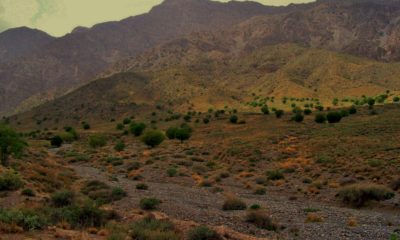
 Article14 hours ago
Article14 hours ago
 Health14 hours ago
Health14 hours ago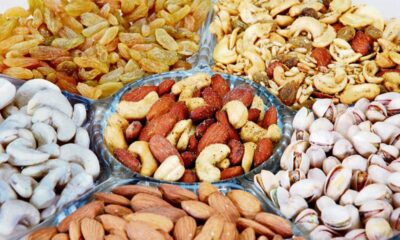
 Business4 days ago
Business4 days ago
 Business4 days ago
Business4 days ago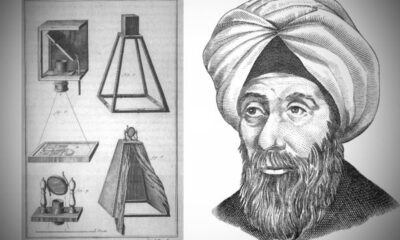
 Tech6 days ago
Tech6 days ago



